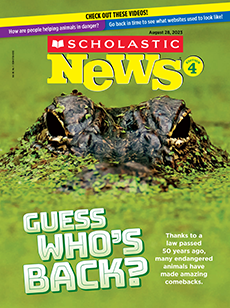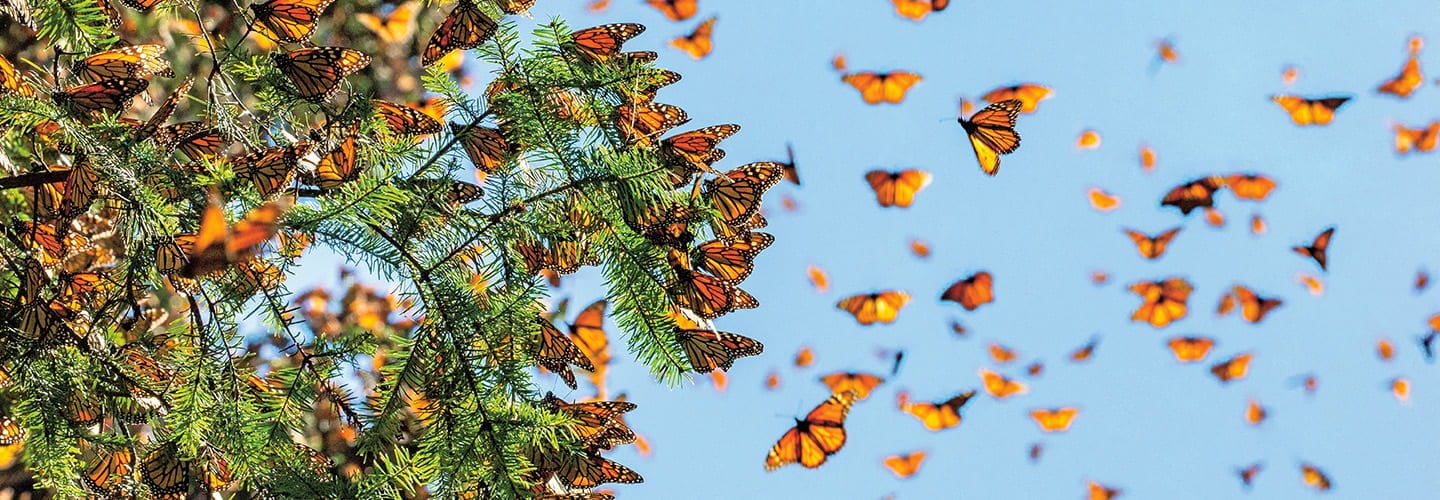Each fall, an amazing scene plays out in the forests of central Mexico. Millions of monarch butterflies cover the trees in a sea of black and orange. The monarchs have flown hundreds of miles to reach their winter home. It is one of the planet’s most epic migrations.
But scientists estimate that, last winter, the number of monarchs in Mexico dropped nearly 60 percent from the year before. The drop is part of a trend that’s seen the overall number of monarchs dip over the past 30 years. Experts are concerned that monarchs may one day disappear.
“For almost any population of living organisms, there is a point of no return,” says entomologist Karen Oberhauser.
Can we help save monarchs before it’s too late?

